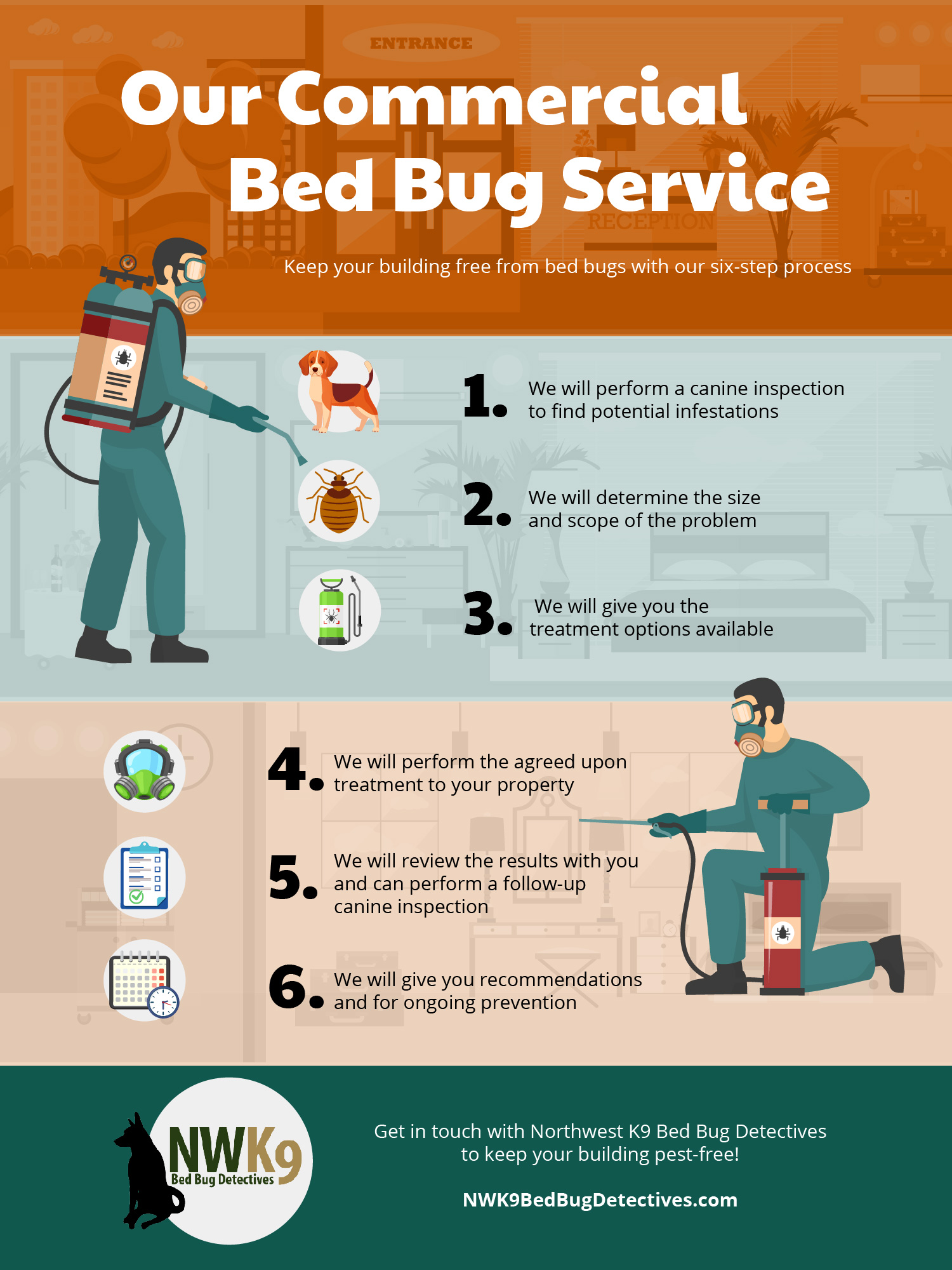The 7-Second Trick For Bed Bug Services
Table of ContentsExcitement About Bed Bug ServicesThe 6-Second Trick For Bed Bug ServicesThe Definitive Guide for Bed Bug ServicesThe Buzz on Bed Bug Services
An expert-conducted bed bug inspection is a meticulous process and requires specialized knowledge. Bed bugs are difficult-to-detect, fast-moving pests that hide in narrow spaces, corners, and upholstery. Because of their hidden habits, detailed examination is necessary to accurately locate and quantify infestations. Professional inspectors rely on specialized equipment, systematic procedures, and experience to detect bed bugs accurately, reducing the risk of escalation.The first step in a proper inspection involves understanding bed bug biology and behavior. Bed bugs belong to the Hemiptera group and undergo a life cycle that includes eggs, nymph stages, and adulthood. Adults are around five millimeters long, flat, reddish-brown, and wingless with slender legs and antennae. Their mouthparts are designed to pierce skin and extract blood, producing skin irritation and visible marks. Knowing these traits guides professionals in locating infestations.
Early detection is vital for effective management. Professionals carefully check for signs such as dark spots of fecal matter, molted skins, and eggs (Bed Bug Services). A single female can lay hundreds of eggs, potentially causing full-blown infestations. Evidence of shed exoskeletons or leftover eggs indicates active infestation and requires prompt inspection
Preparing for an inspection requires attention to detail. Inspectors often recommend clearing clutter from treatment areas, which makes it easier to inspect furniture and wall edges. Bedding and linens may be treated with heat before inspection, and then secured until the inspection is complete. Wall decor, mirrors, and pictures are sometimes moved to inspect behind frames. Vacuuming furniture and floors may capture visible bugs and eggs, and vacuum bags should be emptied in a secure location.
Our Bed Bug Services Diaries
The inspection itself is comprehensive and careful. Inspectors focus on sleeping areas like beds, headboards, and mattresses, looking closely at creases, joints, and folds. Upholstered furniture, including seating furniture, is carefully examined, with attention to seams and cushions. Baseboards, moldings, the edges of wall-to-wall carpeting, read more electrical outlets, closets, and storage areas are also included in the inspection, as these can be frequent hiding places.
Specialized tools enhance detection accuracy. Flashlights, magnifying lenses, multi-tools, and mirrors provide visibility in crevices and corners. Monitoring devices like interceptor traps or sticky pads help track bed bug activity over time. Some companies use detection dogs, which can locate live bed bugs quickly, distinguishing them from non-active traces.

Meticulous documentation here are the findings is essential. Inspectors record the locations of evidence, severity of infestation, and treatment recommendations. This supports transparency and offers proof of inspection. Residents are often instructed to preserve evidence for accuracy, as this prevents loss of critical information.
After inspection, a monitoring plan may be implemented to follow up on findings. Continuous monitoring identifies surviving insects after treatment, and asking residents about bites and sightings provides additional insight. Cooperation from residents ensures accuracy.
Not known Facts About Bed Bug Services

Professional inspections are more reliable than self-inspections. Trained inspectors recognize early evidence of bed bugs, avoid unnecessary treatments, and confirm the situation accurately.
Bed bug inspections are particularly important in places where infestations spread easily. Inspectors examine adjacent units, common areas, and shared furniture to confirm complete assessment (Bed Bug Services). This supports comprehensive control
In summary, a professional bed bug inspection includes identifying the pest, readying the environment, inspecting meticulously, employing tools, maintaining records, and ongoing monitoring. Each step contributes to accurate detection, effective treatment planning, and long-term prevention.
The Ultimate Guide To Bed Bug Services
